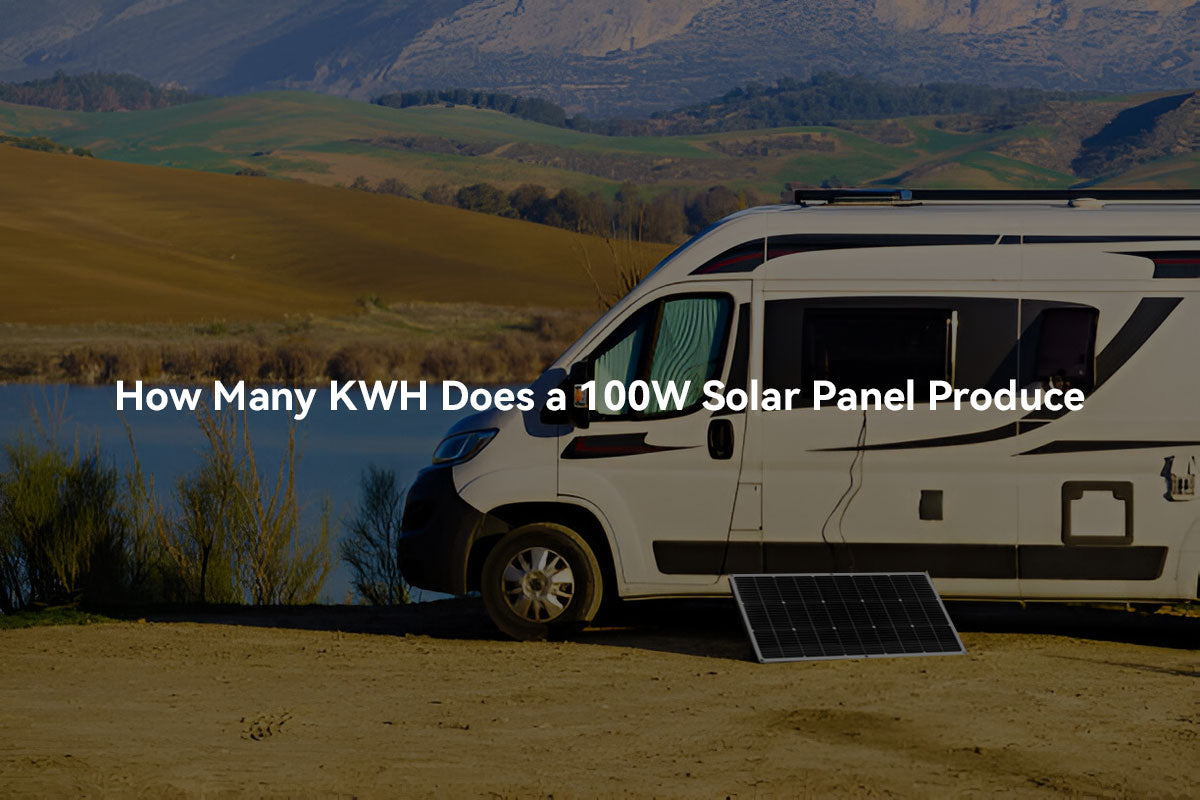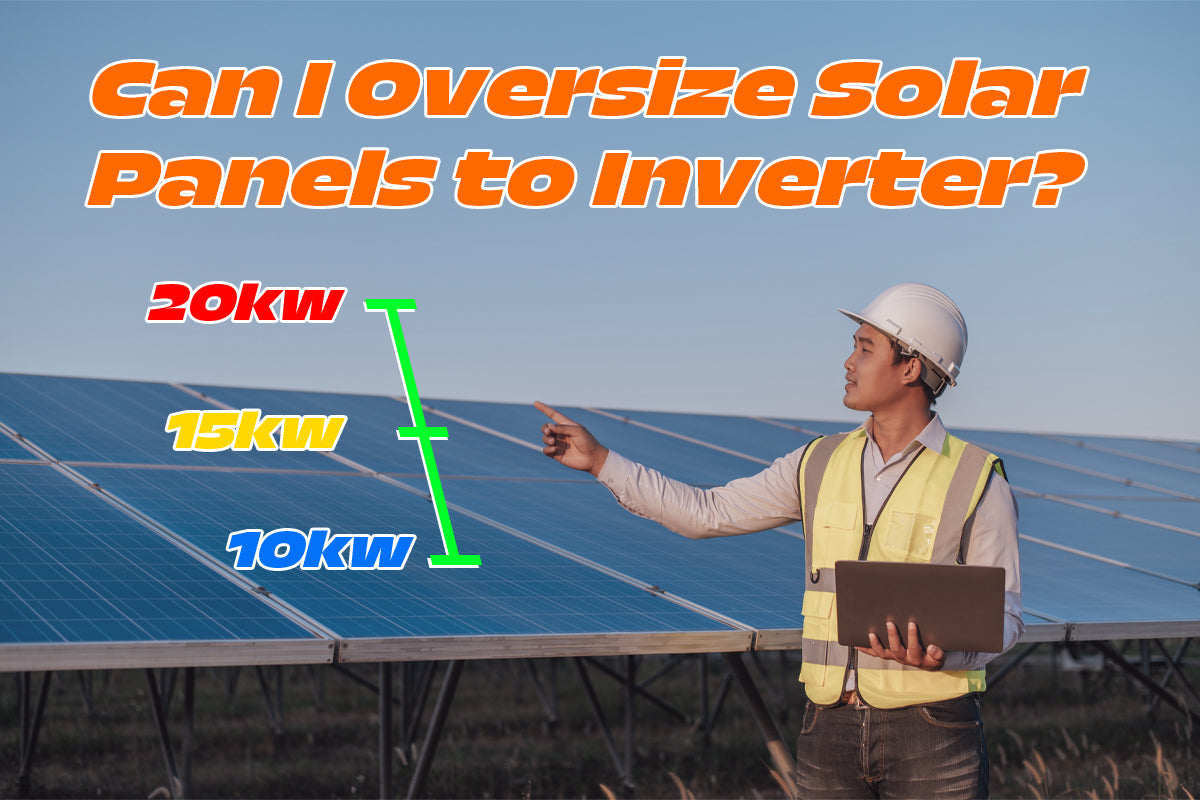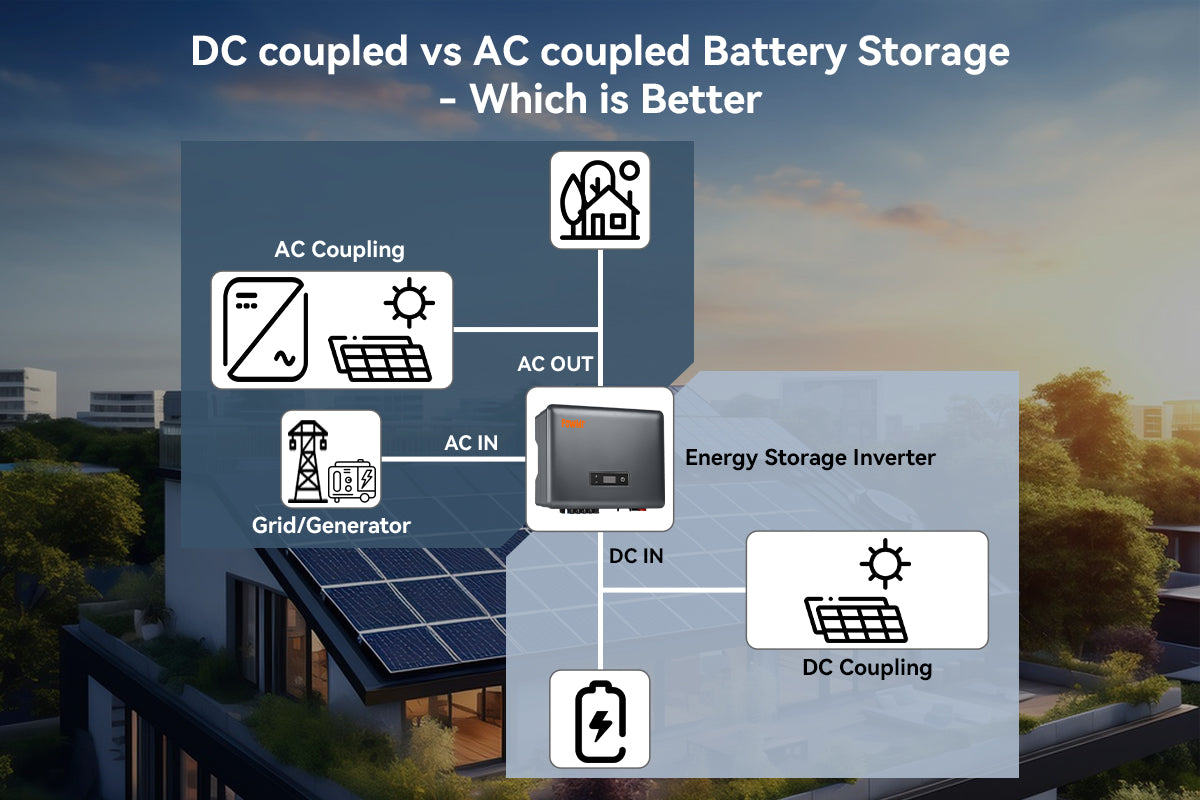A 100-watt solar panel is commonly utilized during off-grid adventures by campers, RVers, boaters, and others to charge small electronic devices. However, determining if it meets energy needs requires a detailed design and plan to avoid potential dilemmas.
When designing a solar system, understanding the power requirements of your appliances, the technical specifications of solar panels, and determining the number needed is crucial.
This article will clarify the parameters found on solar panel datasheets and guide you through estimating the power output of a 100-watt solar panel based on these specifications.
What is 100watt solar panel
A 100-watt solar panel is a photovoltaic panel with a maximum out put power rating of 100 watts. It's the first key parameter to understand is the Maximum Power (Pm), which indicates the highest power the panel can produce when exposed to sunlight under standard test conditions (STC), which refers to a solar irradiance of 1000 watts per square meter, an air mass of 1.5, and a cell temperature of 25°C.
How many amps does a 100watt solar panel produce
How many amps does a 100-watt solar panel produce? Refer to the maximum power current (Imp) on its datasheet. The maximum power current of a solar panel refers to the current produced when the panel operates at its maximum power point (MPP).
Generally, for a 100-watt solar panel, the maximum power current ranges from 5 to 6 amps. For example, PowMr's 100W solar panel can produce 5.55A at its maximum power point.
Note:
This value is crucial for determining the panel's capability to charge batteries and power devices. Ensure that the Imp is lower than the upper limit charging current that the battery can handle, especially when connecting solar panels in parallel.
Related Article:
How many volts does a 100watt solar panel produce
A volt measures the "pressure" of electricity flowing through a circuit. The voltage output of a solar panel is determined by its maximum power voltage (Vm), which indicates the optimal operating voltage for efficient power production. For example, our 100W solar panel has a maximum power voltage of 18 volts, meaning it generates around 18 volts at its maximum power point.
Note:
To increase the voltage capacity of the solar panel, you can connect multiple panels in series. However, ensure that the combined voltage does not exceed the maximum solar input voltage for safe operation. Additionally, keep the voltage within the MPPT (Maximum Power Point Tracker) voltage range for optimal performance.
How many kwh does a 100watt solar panel produce
Knowing the maximum power current and voltage of a solar panel allows us to calculate its hourly power output by multiplying these values. For example, our 100-watt flexible solar panel can produce around 0.1 kWh (5.55 amps × 18 volts / 1000 × 1 hour).
By considering local peak sunlight hours, you can determine the daily electricity production of the solar panel. In a sunny state like California, with up to 7.5 hours of direct sunlight, a 100-watt solar panel can generate approximately 0.75 kWh per day.
Keep in mind that actual energy production may vary due to factors such as season, weather conditions, temperature, solar irradiance, and the sun's angle. For more precise calculations, monitor solar production data throughout the day to adjust your solar panel system according to your needs.
How many 12v batteries can a 100watt solar panel charge
When the current from the solar panel does not exceed the battery's maximum charging current, it can charge any number of batteries. However, the charging current will affect the charging duration.
For example, you can connect 18 parallel 100-watt solar panels to charge a 12.8V 100Ah LiFePO4 battery with a maximum charging current of 100A. This will be much faster than charging with a single panel.
To charge a 12V, 100Ah battery, you first convert the battery capacity to watt-hours (Wh). For a 12V battery, this is 1200Wh.
Charging a 100Ah Battery with a Single 100-Watt Solar Panel
A 100-watt solar panel produces 100 watts per hour. Assuming 7.5 hours of peak sunlight per day, the panel generates 750Wh daily. Dividing the battery capacity (1200Wh) by the daily output (750Wh) gives you the time to charge the battery: 1200Wh divided by 750Wh/day equals about 1.6 days.
Charging a 100Ah Battery with 18 100-Watt Solar Panels
When using 18 solar panels, their combined output is 1800 watts per hour. With 7.5 hours of peak sunlight, they generate 13500Wh daily. Dividing the battery capacity by this daily output gives you the time to charge the battery: 1200Wh divided by 13500Wh/day equals about 0.089 days, or approximately 2.136 hours.



